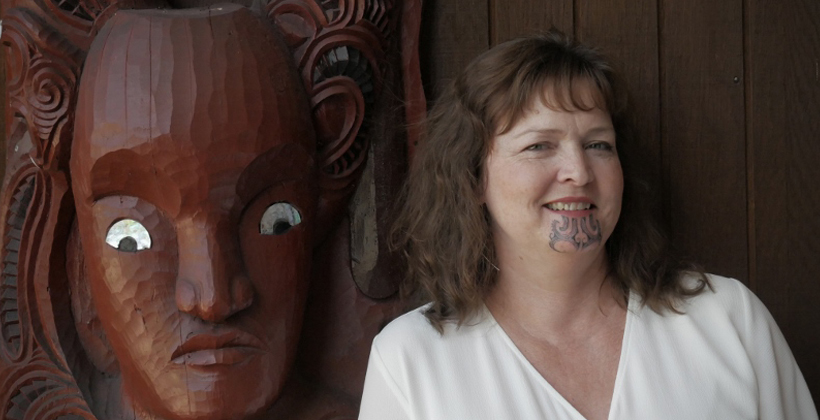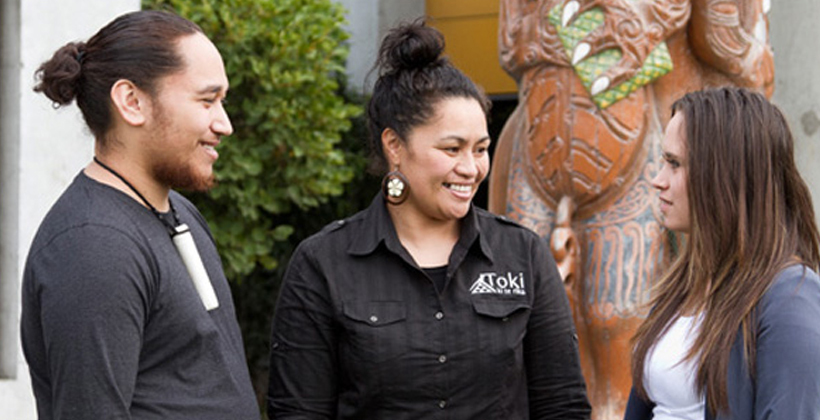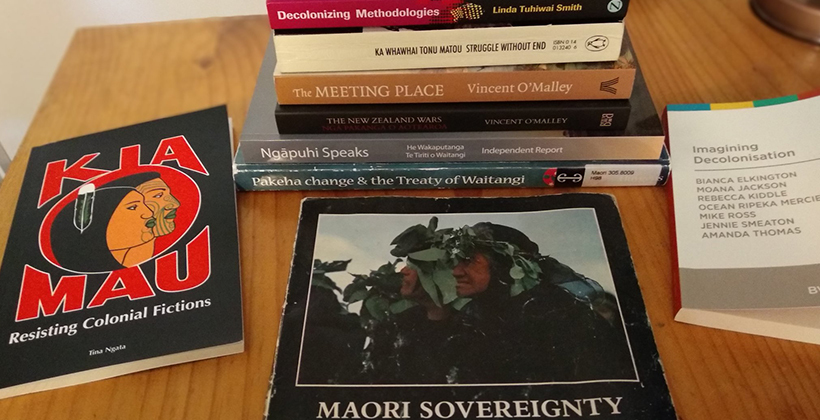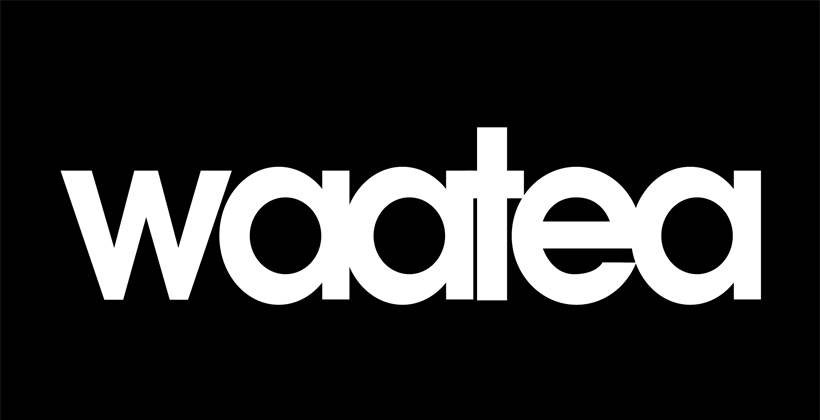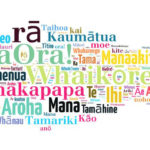December 01, 2020
He Whakaaro | Opinion: The rise of te reo on TV


By Atakohu Middleton. Kaiako (Lecturer), Te Wānanga Aronui o Tāmaki Makau Rau (Auckland University of Technology)
Recently, I sat down to watch TVNZ’s 1 News with pen and paper in hand. I recorded the number of times presenters and reporters used Māori words and phrases.
The first words of the broadcast, “Kia ora!” were coupled with “Good evening”. Other bilingual phrases included “e whai ake nei” (coming up) and “ngā mihi” (thank you). He autaia tonu – so far so good. After an ad break, the host said “Hoki mai anō” (welcome back) but without translation! Tau kē!
When the sports section rolled around and presenter Andrew Saville said “nau mai ki ngā hākinakina o te wā” (welcome to the day’s sport) without translating it, I nearly fell off my chair. Te mutunga kē mai o te pai! Yeah, I know, we can guess what he was saying given that sports always opens with the same salutation, but it was such a buzz to hear it in te reo only.
We’re hearing a lot more of te reo rangatira in mainstream media these days. I have a theory that it may have started with Radio New Zealand (RNZ). In the past four years, I’ve spent time observing reporters at TVNZ, RNZ and in other newsrooms for research, and this is the story I’ve pieced together.
As we all know, there’s always a boost in media use of te reo in Māori Language Week, but it usually drops off afterwards. However, for Māori Language Week in 2016, RNZ reporters Mihingaarangi Forbes and Shannon Haunui-Thompson suggested that their colleagues, the majority non-Māori, might like to extend themselves beyond the usual short greetings by signing off with phrases such as “this is [name]” or “I am [name].” The idea was supported by managers and taken up with enthusiasm; Forbes and Haunui-Thompson helped their colleagues by texting them recordings of various phrases.
These new phrases reached a big audience; for example, RNZ National’s Morning Report, which runs from 6 am-9 am five days a week, draws more than half a million listeners. (The station supports listener understanding with a webpage listing the 20 most common phrases you’re likely to hear).
At the time, said Haunui-Thompson, reporters signing off in te reo was a “big step” for the organisation. At week’s end, then-news leader Brent Edwards suggested that reporters keep going if they wanted to, and many did. There were racist naysayers – ehara, ehara but they were ignored. RNZ, has, after all, a mandate to promote Māori language and culture; drip-feeding small and repetitive phrases here and there is an easy way to familiarise listeners’ taringa.
High-profile Pākehā using te reo in the media is critical for normalising our precious language. In 2017, Guyon Espiner, then on Morning Report, started learning te reo and frequently used what he’d learned on air. Around the same time, TVNZ reporter Jack Tame jumped on the reo waka and enthusiastically started using phrases on air.
Shannon Haunui-Thompson is now the manager of RNZ’s first Māori strategy, which, among other things, sets goals for coverage of Māori issues and increased numbers of Māori reporters. Reporters using te reo, she says, “is just normal now”. However, back in 2016, she didn’t realise how much influence the station’s move would have on the media in general: “We just wanted to do it for ourselves, and then it grew organically.”
In the case of TVNZ, whose nightly news has massive reach, I also wonder how much simple geography might have played a role. For many years, 1 News and Te Karere, the channel’s Māori-language news show, were housed in separate parts of TVNZ’s Auckland headquarters. In 2016, a renovation saw brought the teams together in one large newsroom, and this may be promoting greater collaboration between them.
From a viewer’s perspective, there is now more cross-pollination on TVNZ. For example, on Waitangi Day in 2018, Te Karere reporter Irena Smith did her first live cross in English for TVNZ’s Breakfast. The same year, Te Karere sports reporter Tāmati Rimene-Sproat moved to Seven Sharp, where he presented Māori perspectives and people that generally wouldn’t feature in prime time. As an example, see his interview with Tā Tīmoti Kāretu here.
In November 2019, Te Karere presenter and journalist Oriini Kaipara started presenting daytime news in English, becoming the first woman with a moko kauwae to do so. In November just gone, Jack Tame did a story for Te Karere in te reo about the US elections.
The two dominant print and online media companies have also stepped up their commitment to te reo. In June, stuff.co.nz launched a Māori-interest section called Pou Tiaki, edited by Carmen Parahi. It runs bilingual stories translated paragraph-by-paragraph as well as stories with conversational reo scattered throughout English text.
NZME is preparing a strategy to embed the company’s commitment to fairly and fully representing Aotearoa’s bicultural nature. Production editor Lois Turei, who is spearheading the initiative, says that staff are keen to understand more about Māori language and tikanga; the company is to provide workshops in both.
These are signs of a real sea-change in mainstream media, and it’s exciting to see. Ka mau te wehi!
Radio Waatea and its board would like to advise that the opinions posted are those of Atakohu Middleton and not the views of Radio Waatea, its management or its board.

